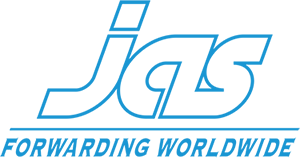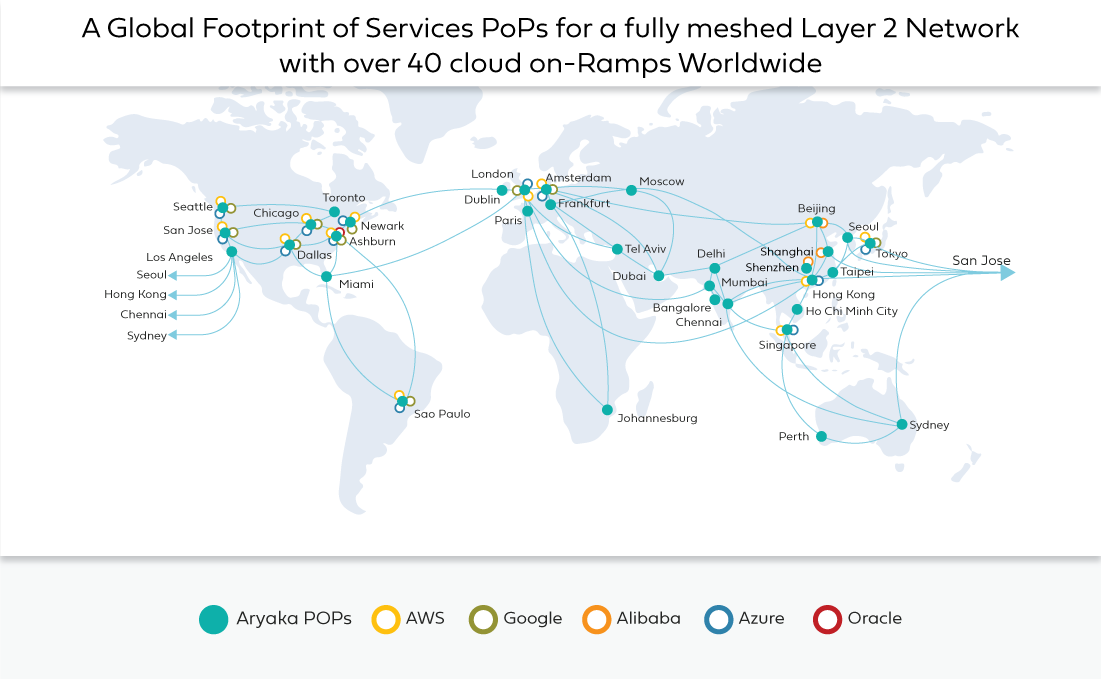SD-WAN Lost My Voice – And Aryaka Found It

Voice and video are notoriously problematic for enterprises looking to connect their offices and remote users around the globe – a problem that grows in each passing year as businesses continue to globalize.
In a recent article in Network World, Steve Garson of SD-WAN Experts discussed the tricky business of ensuring high-performance, business-class voice (and, we can extrapolate video by extension) over the enterprise WAN.
The Trouble with Legacy Networks
Garson explains in his article that both the public Internet and MPLS have their drawbacks when trying to connect global offices via voice and video. MPLS, for its part, actually has “high availability,” says Garson, “but not necessarily for the local loops where there is usually only one active connection per office.” In addition, if you’re providing voice and video through a third-party cloud platform, like Zoom, then MPLS is of no help: you have to rely on the public Internet to carry your information to and from the cloud.
The trouble with the Internet is that it’s congested and unpredictable, meaning that end users will inevitably experience packet loss at one point or another. In addition, the long distances required for global conversations add latency into the mix, leading to lagging calls.
For a good example, try calling someone far away on Skype or Facetime right now. How was the quality, and how many times did the call lag, freeze, or drop? How many times did you end up talking over the person on the other line as your voice lagged behind theirs?
And so Garson suggests that we look at SD-WAN for a potential answer: but can SD-WAN truly deliver the business-class performance that end users are expecting?
Yes and no.
How SD-WAN Helps
Garson’s article explains the different ways in which some SD-WANs, deployed only with devices placed at the edge, help to optimize the use of the Internet: with application-based routing and failovers, as well as Forward Error Correction and packet duplication.
Finding the best path for the connection and picking up and duplicating lost packets can help improve the voice and video experience, as the Internet will always be faced with the challenges of packet loss and congestion.
These solutions, however, are covering the symptoms instead of finding the cure for the problems that plague business-class voice and video connections.
Why SD-WAN Isn’t Enough
Even if your SD-WAN solution contains the supposed cure-all for the Internet’s failings, you are not off the hook:
Assuming that your SD-WAN can do all that Garson hopes it will for high-quality connectivity, you still have to manage and monitor your network in order to optimize your investment. Because the majority of SD-WANs lean on legacy networks in order to work, you will never be fully without connection problems – especially, as Garson points out, in remote or developing areas or across long distances. Even if your SD-WAN can solve for packet loss through duplication, it can’t solve for latency when you’re connecting from, say, San Jose to Shanghai (which was the least performing link in an application response test outlined in the 2017 State of the WAN report).
This is a problem, because globalization is very much the norm. WAN traffic is growing, especially across the APAC region, as enterprises outsource and expand their headquarters into developing regions across the globe. MPLS can’t keep up, as deployment can take weeks or months and, as discussed earlier, it doesn’t connect easily to the cloud. The Internet is too unreliable for business-grade calls – and that is compounded with distance. SD-WAN at the edge can smooth out some of the disruption on the back end, but the middle mile remains a long and uncertain road.
Finding Your Voice with Aryaka: A Case Study
Garson concludes his article with the caveat that SD-WAN may be a solution for short distances and well-performing connections – but that, for long distances and connectivity in remote and developing areas, you need an SLA-backed backbone.
 Aryaka’s global SD-WAN is just such a backbone (as Garson points out in the post). We specialize in providing enterprise-quality global connectivity for voice and video. For example, JAS Worldwide, a global leader in freight forwarding and logistics, experienced the friction of implementing cloud-based voice and video globally and turned to Aryaka for help.
Aryaka’s global SD-WAN is just such a backbone (as Garson points out in the post). We specialize in providing enterprise-quality global connectivity for voice and video. For example, JAS Worldwide, a global leader in freight forwarding and logistics, experienced the friction of implementing cloud-based voice and video globally and turned to Aryaka for help.
With 240 sites in 80 countries, JAS needed a web-conferencing solution that would connect global leaders virtually and without frequent interruptions. They switched to Zoom, a cloud-based web conferencing solution, which enabled them to connect their global leadership; however, using Zoom over the public Internet across long distances and in remote areas did not solve their connection problem.
The issue wasn’t Zoom, but the public Internet. So JAS sought a solution that would support their web-conferencing investment – and found the answer in Aryaka’s global SD-WAN.
“All it took was a phone call to Aryaka, and within just minutes, the network was up and ready for all traffic from Zoom. We experienced better-than-MPLS video conferencing quality with Aryaka at a fraction of the cost. Not only did end users stop complaining about voice and video quality issues, the usage of the Zoom platform within JAS started to rise,” said Mark Baker, CIO of JAS Forwarding Worldwide.
With Aryaka as their network, JAS was able to use Zoom as they intended: to increase productivity and reduce barriers to global communication in real time, regardless of distance.
Aryaka’s global SD-WAN is built on a backbone of 28 points of presence (POPs), all located within 30 ms of 95% of the world’s business users. By shortening the distance that data must travel, Aryaka reduces latency, meaning less lag and better voice and video connectivity. And with built-in WAN Optimization and Smart Link technology for reducing packet loss, Aryaka solves the problems of congestion and dropped packets directly within our network – all of which is delivered to enterprises as a managed service.

Aryaka’s global private network is built on a backbone of 28 POPs distributed around the world.
To find out how to join over 550 global enterprises like JAS and improve your voice and video performance, contact us today.







